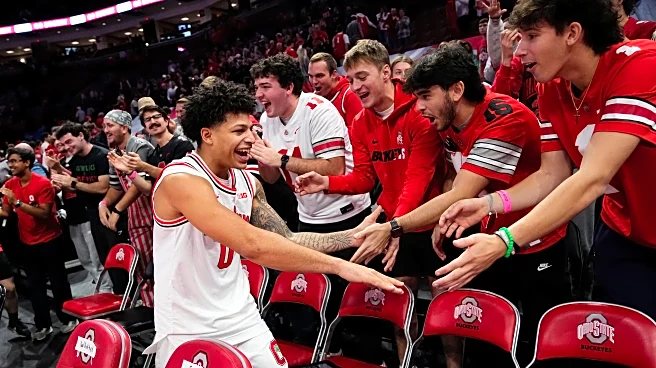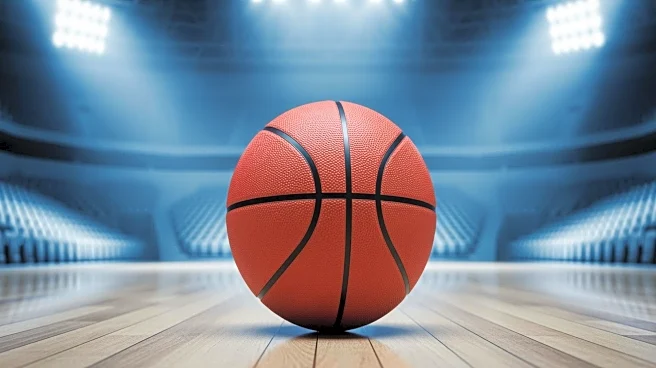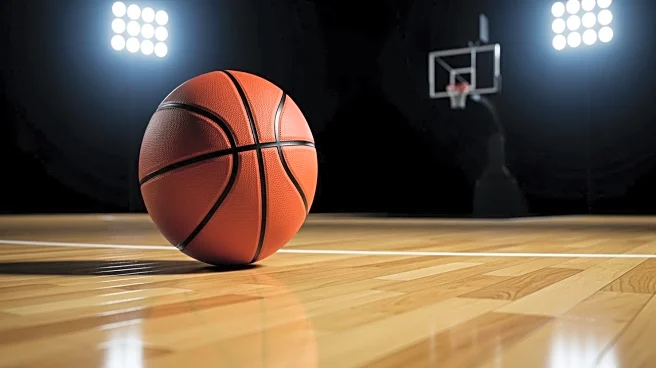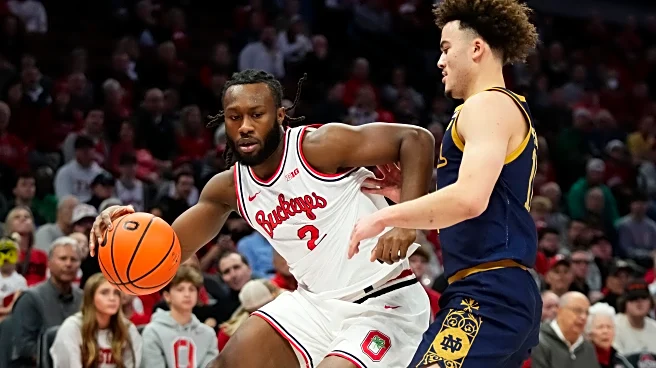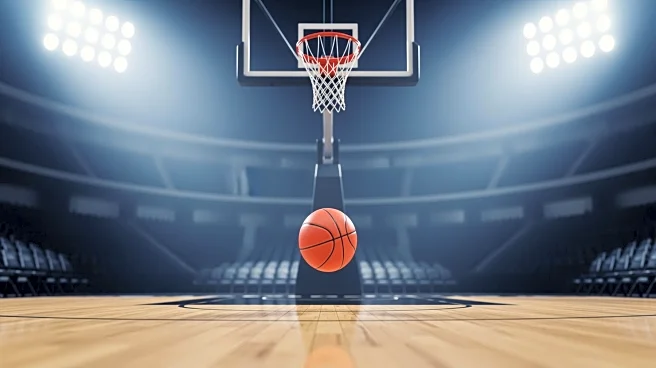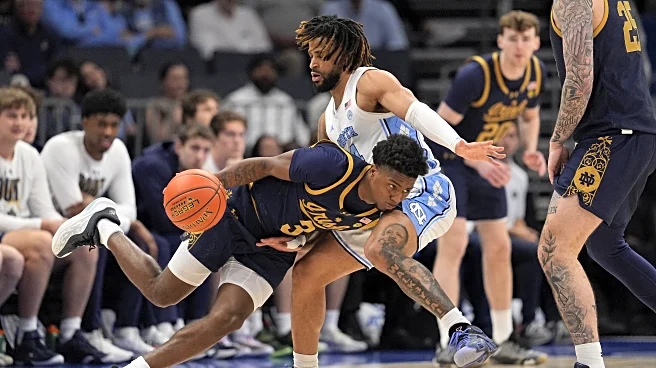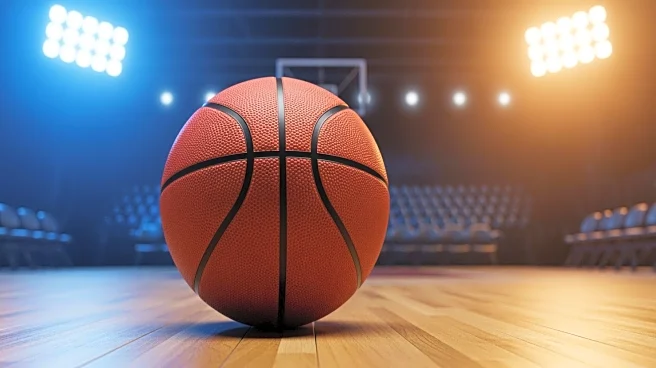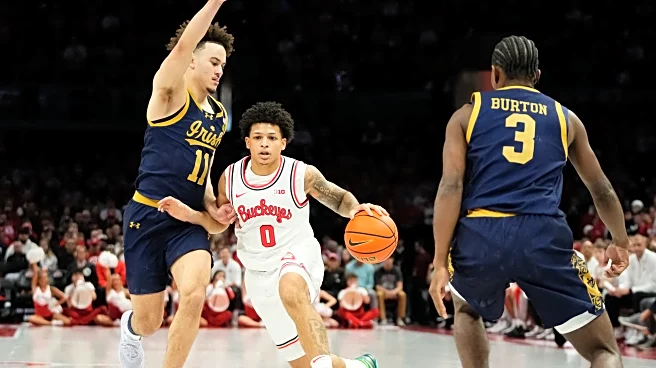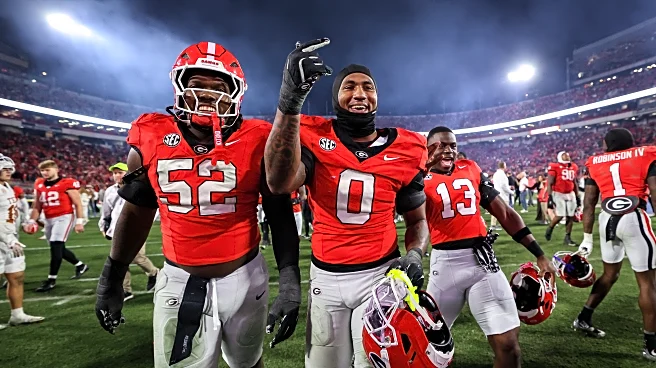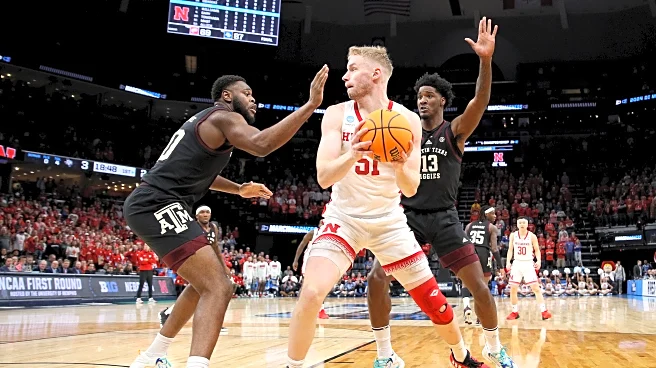Ohio State sophomore guard John Mobley Jr. is struggling. As a freshman, Mobley averaged 13 points per game on 38.9% shooting, and 38.5% from three-point range. Head coach Jake Diebler has described him
as a “hooper” several times rather than just a “shooter.”
Even with that, Mobley’s most effective tool in his bag is the three-point shot, and he actually becomes a better shooter the farther back he shoots. As a freshman, Mobley shot 35.2% on three-pointers that were 25 feet or closer (the three-point line is just a smidge over 22 feet), but 41.9% on three-pointers that were deeper than 25 feet out.
Translation: a bad shot for most guys is not necessarily a bad shot for Mobley, if the defense lets him back up to give himself a bit more space.
What was so confounding bout Mobley’s shooting data last year is how much he struggled from two, and continues to do so this season. As a freshman, Mobley took 58.9% of his shots from beyond the arc, and shot 38.5%. He shot 41.1% of his shot attempts from inside the three-point line, and was nearly identical from there, shooting 39.5% from two-point range.
It shouldn’t surprise anyone that the kid who was dubbed “The Sniper” by 247Sports coming out of high school is a good long-range shooter. However, Mobley’s struggles inside the three-point line were the only thing preventing him from being a true three-level scorer — he can shoot it from deep and will cash in at the line if you put him there, but teams were typically successful defending him if they were able to chase him off the three-point line and funnel him in towards the basket.
Those struggles have continued through this season, and the contrast between his three-point shooting and two-point shooting has actually become even more stark. Through four games, Mobley has upped his per-game production (15 PPG, up from 13 PPG), and is hitting his three-pointers at a higher rate than last year. (40.7%, up from 38.5%).
His shot distribution — the amount of shots he’s taking from three vs from two — is almost the exact same as last year. Of his 46 shots, 27 of them (58.6%) have come from beyond the arc, and 41.4% have been two-point tries. As stated above, he’s knocking down 40.7% of his three-pointers, but he’s 4-for-19 (21%) from inside the arc. Over the last three games specifically, Mobley is 2-for-15 (13.3%) from two-point range.
A big issue with Mobley is that very few of his two-point tries are good shots. If he shoots the ball inside the three-point line, it’s a long two-point jumper (analytically the worst shot you can take, but a good shot if you’re hitting them), or a wild, uncontrolled drive to the basket where the generously listed 6-foot-2 Mobley is met by multiple taller defenders at the basket, and he tries to score over top of the crowd. In Ohio State’s 64-63 win over Notre Dame, Mobley was 0-for-5 on two-point tries and 2-for-5 on three point tries.
So far this season, Mobley’s looked caught in between on a lot of his drives to the basket. He’s averaging five free throw attempts per game this year — nearly double what he took last year per game (2.7), which means he’s also drawing more fouls at the basket. Still, the fact that Mobley is being met by multiple defenders at the basket, and is averaging a team-high 4.3 assists per game, means that on some of these drives, there’s a better option available. On some of his drives, there is an open shooter somewhere, and instead of shooting over the top of two defenders or trying to drop in a soft floater from 10 feet out, Mobley needs to have the court vision and awareness to find that teammate for an open shot.
This might lower how many shots he takes, and it might increase his ratio of three-point shots to two-point shots if he is making the extra pass instead of taking an ill-advised reverse layup, but it will likely lead to more points for his team and therefore more wins. For a player that’s been dubbed as solely a shooter by college basketball fans, Mobley still takes nearly half of his shots from inside the arc — and he honestly doesn’t have to!
Jon Diebler, who is considered the greatest shooter in Ohio State history, took 83% of his field goal attempts from beyond the three-point line during his sophomore year (2008-2009). He was a 41.6% shooter from back there and averaged 11.2 points per game. Even though he only took 47 two-point shots all season long, he was a 44.7% shooter from inside the arc, because they were good shots.
Mobley doesn’t need to mix in layups and floaters just for the sake of diversifying his shot portfolio. More often than not, his best shot is that wide-open, 26-footer from near the logo. He just needs to make sure that when he does attack the basket, it’s a good look — right now, those closer shots he’s taking are not typically good looks. Once he gets better at deciphering whether to take the shot himself or “drive and kick” to an open teammate, his shooting stats will start looking more efficient.
Even with the aforementioned struggles, Mobley has still found ways to make winning plays and contribute to Buckeye victories. His biggest play of the season came with 17 seconds remaining in Ohio State’s 64-63 win over Notre Dame on Sunday afternoon.
Down 63-62, Bruce Thornton passed the ball to Mobley on the wing near the Ohio State bench. Alert to his reputation as a strong shooter, both Mobley’s defender and the defender assigned to Christoph Tilly were drawn to him, leaving Tilly open towards the top of the key. Rather than taking a contested shot or trying to drive and draw a foul in the final seconds, Mobley hit Tilly with a quick pass on the run towards the basket, giving the big man the ball with a full head of steam heading to the tin. Tilly went up with the left hand over two defenders, and scored the game-winning basket.
After the game, Diebler acknowledged Mobley’s court vision and decision making in what turned out to be the game’s final and deciding basket.
“I thought Juni put pressure on them, he started to see a crowd and made a great read. Tilly had an advantage, and he read that one perfectly.“
Diebler was also asked later about Mobley’s shooting struggles and general lack of efficiency so far this year, and said that while he knows that Mobley won’t be shooting “at the percentage he’s at all year” he also does not get credit for how his presence helps create open shots for teammates.
(Juni) doesn’t get a stat for the gravity he creates for others. He doesn’t get a stat for how just being out there creates space for others, but he’s not going to score at the percentage he’s at for very long.”
By “gravity” Diebler is saying that when Mobley is on the floor, not only does his own defender have to float closer to him — making that defender less able to help or double team elsewhere — he also pulls second and third defenders away from his teammates when the ball is in his hands. From there, it’s Mobley’s job to read the floor and move the ball to teammates or shoot. But in general, whoever is guarding Mobley will be instructed by his coach to stick to him like glue, and that will create more one-on-one opportunities for guys like Thornton, Devin Royal, and Tilly.
Thornton cools off last week, still putting up All-American numbers for the season
Thornton “cooled off” last week, which for him just meant he did not have a 30-point game. In wins over Appalachian State and Notre Dame, Thornton averaged 18.5 points, 3.5 rebounds, and 2.5 assists per game, while averaging 36 minutes per game. He played all but 33 seconds in the win over Notre Dame, scoring a team-high 24 points on 8-of-15 shooting and 4-of-7 from beyond the arc.
On the season, Thornton is currently averaging 25.3 points, 4.3 rebounds, and 3.5 assists per game. He’s shooting 65.3% overall, 56.5% from three-point land, and is playing an average of 35.5 minutes per game.
Here’s where Bruce ranks in the Big Ten in various stat categories:
- Points per game: 1st (25.3)
- Made field goals: 1st (32)
- 3PT percentage: 2nd (56.5%)
- Minutes per game: 3rd (35.5)
- Field Goal percentage: 5th (65.3%)
- Free throws made: 5th (24)
